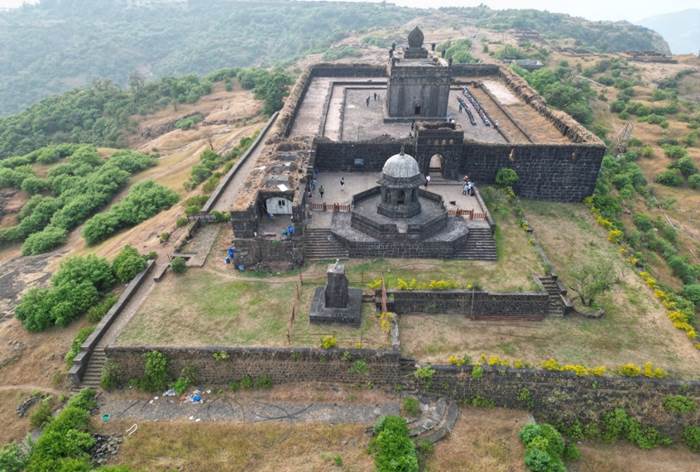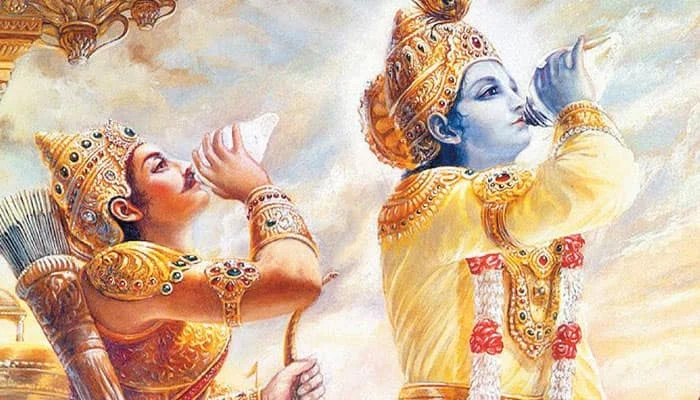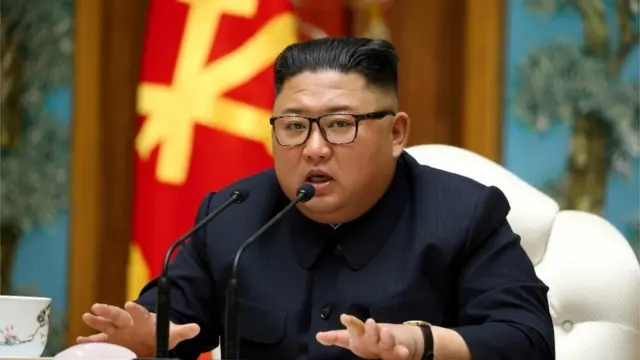India’s Maratha Military Landscapes Added to UNESCO World Heritage List as 44th Inscription
New Delhi | July 11, 2025
In a proud moment for the country, the Maratha Military Landscapes of India have been officially inscribed on the UNESCO World Heritage List, becoming India’s 44th World Heritage Site. The landmark announcement came during the 47th Session of the World Heritage Committee held in Paris, marking global recognition of India’s enduring legacy of military architecture, cultural identity, and historical continuity.
This inscription celebrates a network of twelve strategically located forts, showcasing the Maratha Empire’s military acumen and architectural brilliance from the 17th to 19th centuries CE.
A Historic Achievement
The announcement was met with widespread acclaim across India, with Prime Minister Narendra Modi, Union Minister of Culture Gajendra Singh Shekhawat, and Maharashtra Chief Minister Devendra Fadnavis congratulating citizens and lauding the achievement.
“This inscription reflects New India’s commitment to promoting and protecting its rich heritage,” said PM Modi in a congratulatory note.
The successful nomination was the result of an eighteen-month-long process, which began in January 2024 and included multiple technical evaluations and an official site review mission by ICOMOS (International Council on Monuments and Sites), one of UNESCO’s advisory bodies.
The Forts That Made History
The recognized sites are spread across Maharashtra and Tamil Nadu, and include:
-
Hill Forts: Salher, Shivneri, Lohgad, Raigad, Rajgad, Gingee
-
Hill-Forest Fort: Pratapgad
-
Hill-Plateau Fort: Panhala
-
Coastal Fort: Vijaydurg
-
Island Forts: Khanderi, Suvarnadurg, Sindhudurg
These forts were designed with a deep understanding of terrain, serving as defensive powerhouses and administrative centres. They exemplify how geography was smartly leveraged in Maratha military strategy—ranging from sea-facing island forts to mountainous strongholds.

Notably, Shivneri, Raigad, Panhala, Suvarnadurg, Sindhudurg, Lohgad, Vijaydurg, and Gingee forts are protected by the Archaeological Survey of India (ASI), while others fall under the Maharashtra Directorate of Archaeology and Museums.
Global Recognition and Cultural Significance
India’s nomination was backed by 18 of the 20 member states of the World Heritage Committee. The 59-minute discussion concluded with overwhelming support, and the Indian delegation received congratulations from the UNESCO World Heritage Centre, ICOMOS, and IUCN (International Union for Conservation of Nature).
The nomination was inscribed under criteria (iv) and (vi), recognizing:
-
Their architectural and technological significance.
-
Their representation of a living cultural tradition.
-
Their deep historical and symbolic association with Maratha legacy.
“These sites aren’t just military structures,” noted a UNESCO representative. “They are living witnesses to India’s resilience, unity, and sophisticated planning in times of conflict.”
India’s Rising World Heritage Profile
India now ranks 6th globally and 2nd in the Asia-Pacific region for the number of World Heritage Sites. It currently has 62 sites on the Tentative List, which is the first step toward future inscription.
This achievement follows the 2023 inclusion of the Moidams of Charaideo in Assam during the 46th session of the World Heritage Committee in New Delhi.
India has been a member of the World Heritage Committee (2021–2025) and has shown consistent commitment to preserving its cultural treasures on the world stage. The Archaeological Survey of India continues to serve as the nodal agency for all heritage-related initiatives.
Looking Ahead
The inscription of the Maratha Military Landscapes will not only boost cultural pride but is also expected to give a fillip to heritage tourism, research, and community-based conservation efforts in the region.
As the world takes note of India’s rich architectural and historical legacy, this recognition serves as a reminder of the Marathas’ ingenuity and the timeless value of India’s cultural diversity.
Reporting by: Sunil Kumar Tiwari
Source: Press Information Bureau, Government of India






